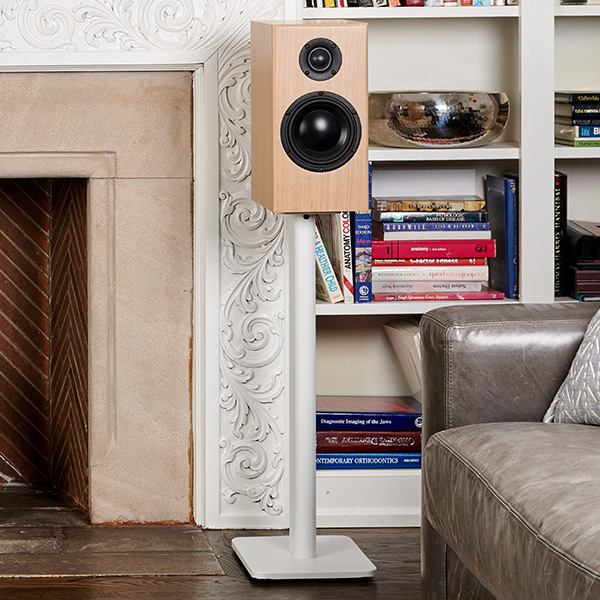
A true artist knows the importance of precision and craftsmanship, much like a tuned listener understands that quality must come from something equally crafted. The separation between analog and digital is the difference of a luxury cruiser and a sports car. While both find their place in the audio world, audiophiles and music enthusiasts alike gravitate towards the tradition of physical copy, where digital barriers cannot squander the beauty of rich analog sound.
Selecting a proper turntable to bring your vinyl collection to life goes far beyond the world of specs and spreadsheets. Pairing records and players takes time, patience, and understanding of key components, such as physical design, cartridges, and proper playback. In order to achieve musical purity, you’ll need to invest energy into creating a cohesive setup that marries both analog creation and technical skill. Understanding how your turntable functions is the first step to creating the ultimate listening experience.
Direct Drive vs. Belt Drive
There are two main classifications of turntables: direct drive and belt drive. These terms refer to the method in which the internal motor achieves a constant moving speed of the platter. Each use a different physical design in order to spin the platter consistently during playback and maintain speed. The first method, called direct drive, utilizes a design that attaches the rotating platter to the electric motor, which results in an accurate rotation speed and stronger torque. This design is favorable for those who wish to reduce moving parts, as found in belt drives, but can often lead to unwanted vibrations from the motor during playback.
The design used for belt drive turntables is one we most commonly see in analog setups, where an elastic belt is attached to the motor and utilizes physical force to rotate the platter. Similar to how a bicycle chain functions, the constant motion of the belt rotates the platter atop a bearing separate from the motor, absorbing shock and preventing vibrations from affecting the playback.
Preferred turntables among audiophiles are commonly belt driven, as they offer a more accurate rendition of vinyl records and maintain a classic analog feel.
MM Cartridge vs. MC Cartridge
The terms Moving Magnet (MM) and Moving Coil (MC) are used to describe the technology housed within the tonearm of the turntable. The tonearm uses these electronics to help the stylus, or needle, translate vibrations from the grooves in your record into an audible sound. The small mounting bracket found on the end of the tonearm, called the headshell, houses the cartridge of choice, classifying it as either an MM or MC cartridge turntable.
Moving Magnet cartridges are commonly found in popular, commercial turntables. They are often more readily available and feature replaceable needles, making them a choice pick for modern enthusiasts. They are paired well with most phono preamps and are often found in hi-fi equipment like A/V receivers.
In contrast, Moving Coil cartridges are considered a boutique product and favoured by true audio purists. Much like the difference between direct drives and belt drives, MC cartridges are traditionally analog, featuring a light-weight build that tracks record grooves with precision. The frequency representation of MC cartridges is what captivates most audiophiles and convinces them to spend extra time pairing this technology with a proper phono stage.
Pairing Turntables With High-End Speakers
Investing in a turntable wouldn’t be complete without ensuring you have the perfect playback. In order to properly enjoy and experience your vinyl collection, you’ll need to pair your turntable with equally impressive speakers. Choosing high-end speakers for your turntable setup is much like selecting the turntable itself – time, energy, and effort will play a big part in your purchase. The preferred method is to perform listening tests and truly experience a multitude of setups, whether this be at home, a high-end store, or a demonstration at an audio event.
Before diving into listening tests, the first step in choosing the proper speaker pairing is selecting models that are compatible with your turntable. For this, you will need access to a phono preamplifier, either built-in to your turntable or speakers, or externally.
Totem’s powered Bluetooth speakers, such as the new Totem KIN Play or the Totem KIN Play Mini, come with a built-in phono preamp. These speakers feature a variety of connection options, including a phono input, allowing you to plug your turntable directly into them. This setup creates the perfect pairing between analog sound and high-quality playback for music lovers of all levels.
Share this article with your friends!


Get the latest info on new products, events, contests and more!

